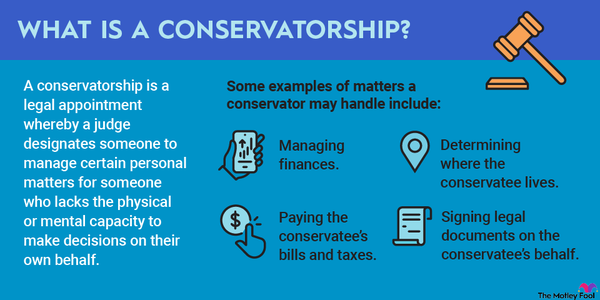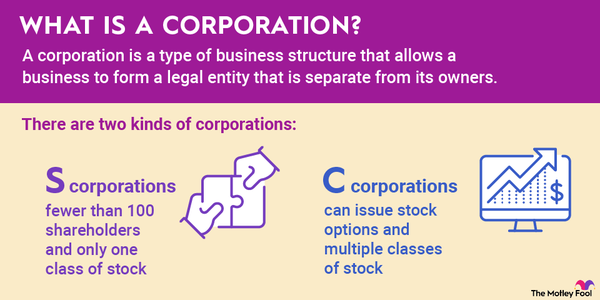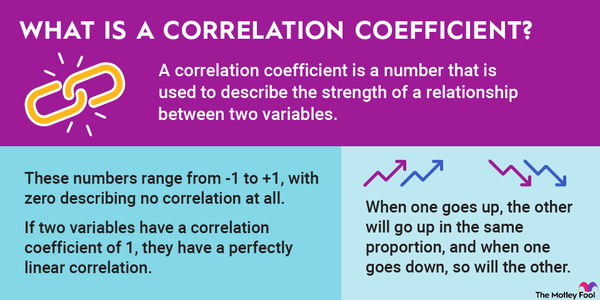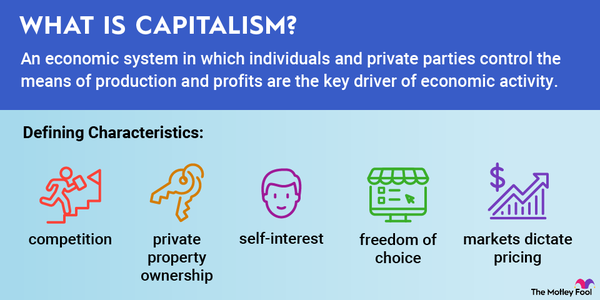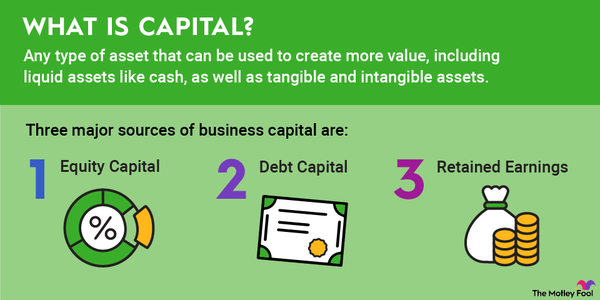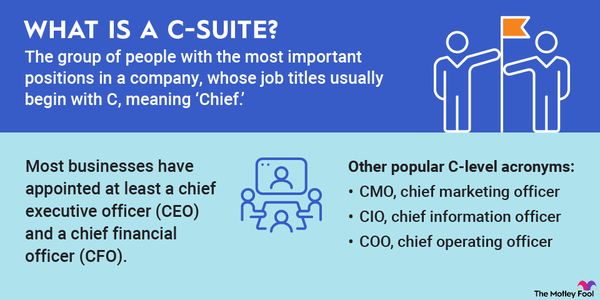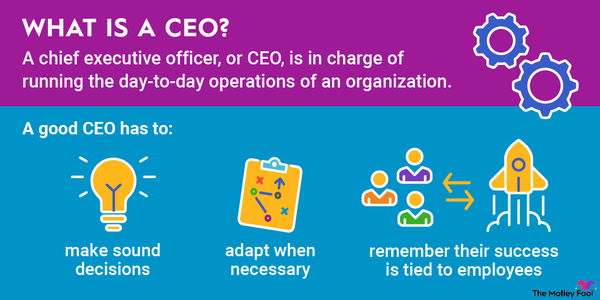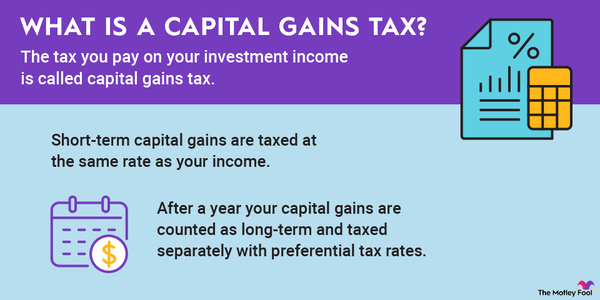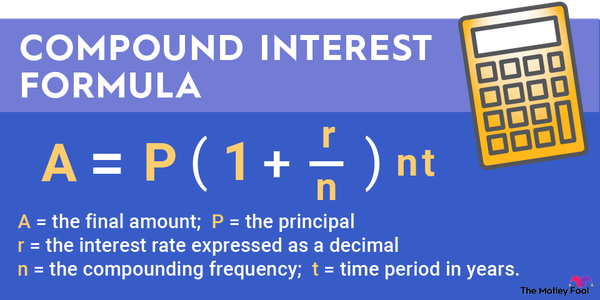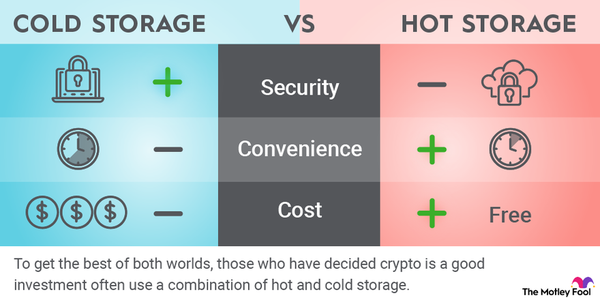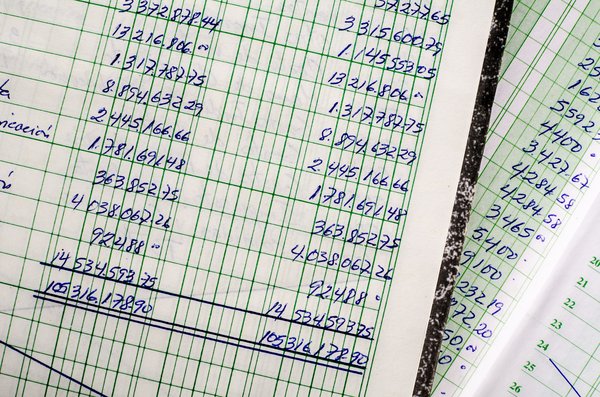When you're dealing with insurance, it's important to understand what it is you're agreeing to pay. Coinsurance is one component in determining the final amount due from you to your medical providers. Read on to learn more.

What is it?
What is coinsurance?
When you take out a healthcare policy, there are often several things to pay attention to, including the deductible, copay, and coinsurance. Coinsurance is generally expressed as a percentage split of the final billing costs, often 20% on health insurance policies.
This means that your health insurance will pay your healthcare provider 80% of the contract price, leaving you with the remaining 20% to pay. Keep in mind that coinsurance doesn't kick in until you've met your deductible, and it no longer applies once you've met your out-of-pocket maximum.
How it works
How does coinsurance work?
Coinsurance is actually pretty simple. You'll be told up front what your coinsurance amount is -- 20% is a pretty normal amount for a health insurance policy. Once you meet your deductible, your coinsurance kicks in.
For example, let's say you go to the doctor, and the total bill comes to $500. Your insurance company already negotiated these services on your behalf before your plan was issued for the year. The total price after your insurance is $350. You've met your plan's deductible, so your 20% coinsurance applies.
In this scenario, your insurance will pay 80% of your bill, or $280, leaving you to pay $70 of the bill out of pocket. If your coinsurance was 30% instead, you'd pay $105, and your insurance would cover $245. The equation looks like this, provided you've met your deductible:
Insurance discounted price * coinsurance = amount you owe
Copay vs. coinsurance
Copays versus coinsurance
Another element comes into play when you're talking about health insurance: the copay. Copay and coinsurance are often confused because they both refer to money you must pay directly to the provider for your healthcare. However, they are very different charges.
A copay is an up-front charge everyone pays based on their insurance plan. These apply even when you haven't met your deductible. They're often small amounts for most doctors, very commonly $0 to $50 depending on the type of doctor. More advanced medicine generally means a higher copay, and sometimes, even emergency rooms will require a copay.
Coinsurance, however, applies to the fees accumulated during the visit, excluding the copay. You'll have to check your policy to see exactly which services copays and coinsurance apply to, but generally, coinsurance will apply when more expensive things, such as testing, are involved.
Sometimes, you'll pay only coinsurance, such as when you have an MRI planned at the local hospital. Other times, you'll pay only a copay, such as when you visit your doctor for a medication change but no lab work. Sometimes both will apply, like when you're visiting your doctor and need an X-ray.
Coinsurance clause
What is the coinsurance clause?
Another way that coinsurance applies to insurance is via the coinsurance clause in property insurance. This is nothing like the more common health insurance coinsurance. Instead, it's about how much of your property's value is covered by your insurance policy.
Related investing topics
Many homeowners insurance policies require owners to maintain 80% or more of the property's replacement value in insurance. Otherwise, the insurer may not completely cover a claim. You'll need to work with your insurance agent to determine what that figure is for your plan and how much insurance you actually need on your home.
If you fail to maintain the minimum coverage, the coinsurance formula kicks in and decides how much of your loss will come out of your pocket beyond your deductible.
